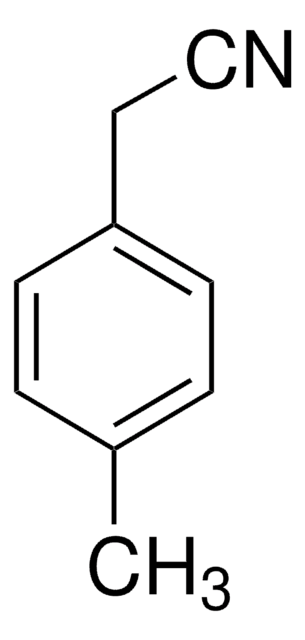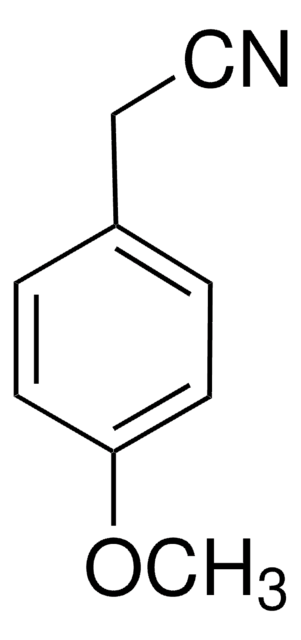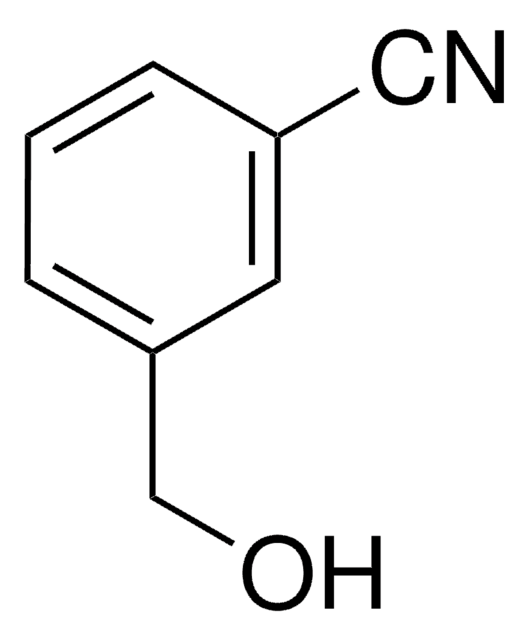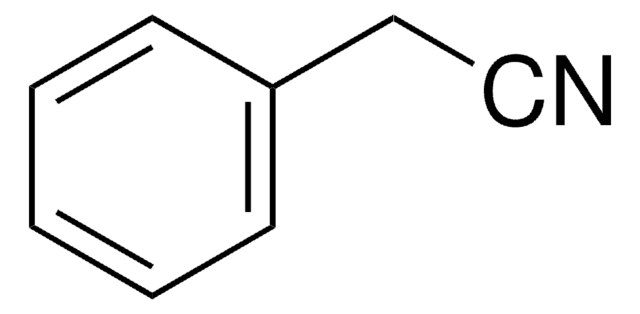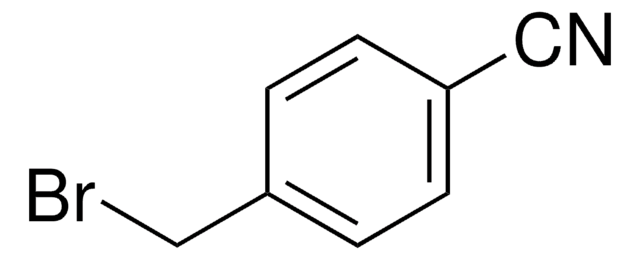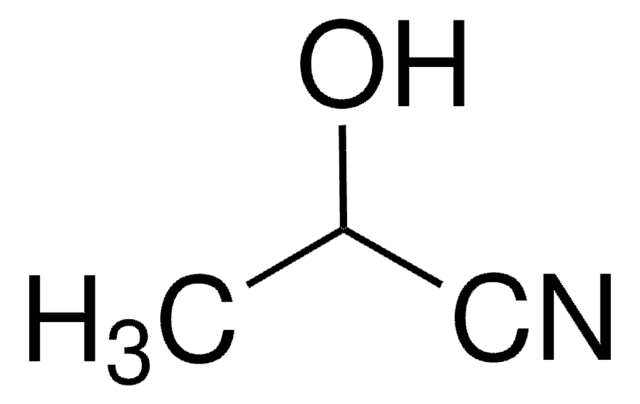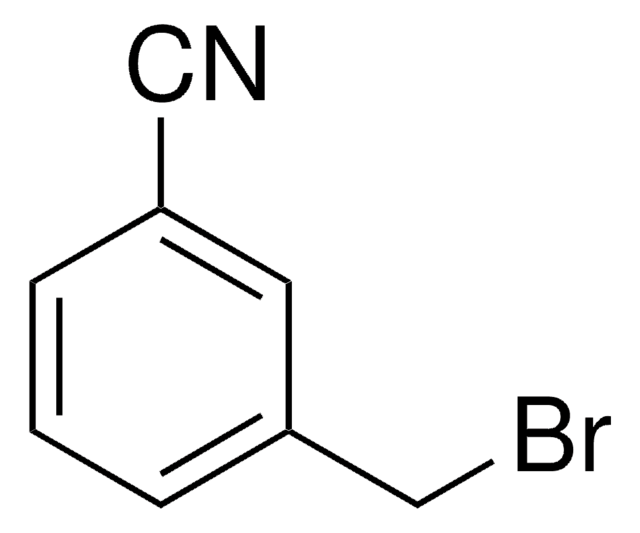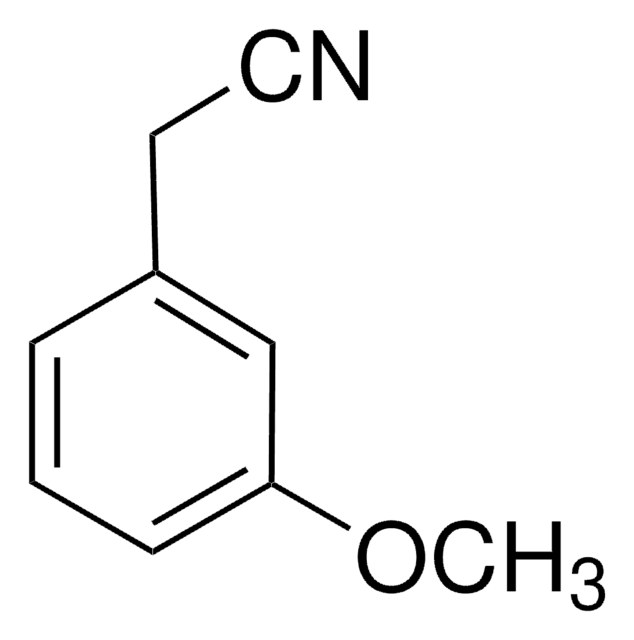M31503
α-Methylbenzyl cyanide
96%
Sinónimos:
α-Methylphenylacetonitrile
About This Item
Productos recomendados
Quality Level
assay
96%
refractive index
n20/D 1.5106 (lit.)
density
0.985 g/mL at 25 °C (lit.)
SMILES string
CC(C#N)c1ccccc1
InChI
1S/C9H9N/c1-8(7-10)9-5-3-2-4-6-9/h2-6,8H,1H3
InChI key
NVAOLENBKNECGF-UHFFFAOYSA-N
Categorías relacionadas
signalword
Warning
Hazard Classifications
Acute Tox. 4 Dermal - Acute Tox. 4 Inhalation - Acute Tox. 4 Oral - Eye Irrit. 2 - Skin Irrit. 2 - STOT SE 3
target_organs
Respiratory system
Storage Class
6.1C - Combustible acute toxic Cat.3 / toxic compounds or compounds which causing chronic effects
wgk_germany
WGK 3
flash_point_f
201.2 °F - closed cup
flash_point_c
94 °C - closed cup
ppe
Eyeshields, Faceshields, Gloves, type ABEK (EN14387) respirator filter
Elija entre una de las versiones más recientes:
¿Ya tiene este producto?
Encuentre la documentación para los productos que ha comprado recientemente en la Biblioteca de documentos.
Nuestro equipo de científicos tiene experiencia en todas las áreas de investigación: Ciencias de la vida, Ciencia de los materiales, Síntesis química, Cromatografía, Analítica y muchas otras.
Póngase en contacto con el Servicio técnico